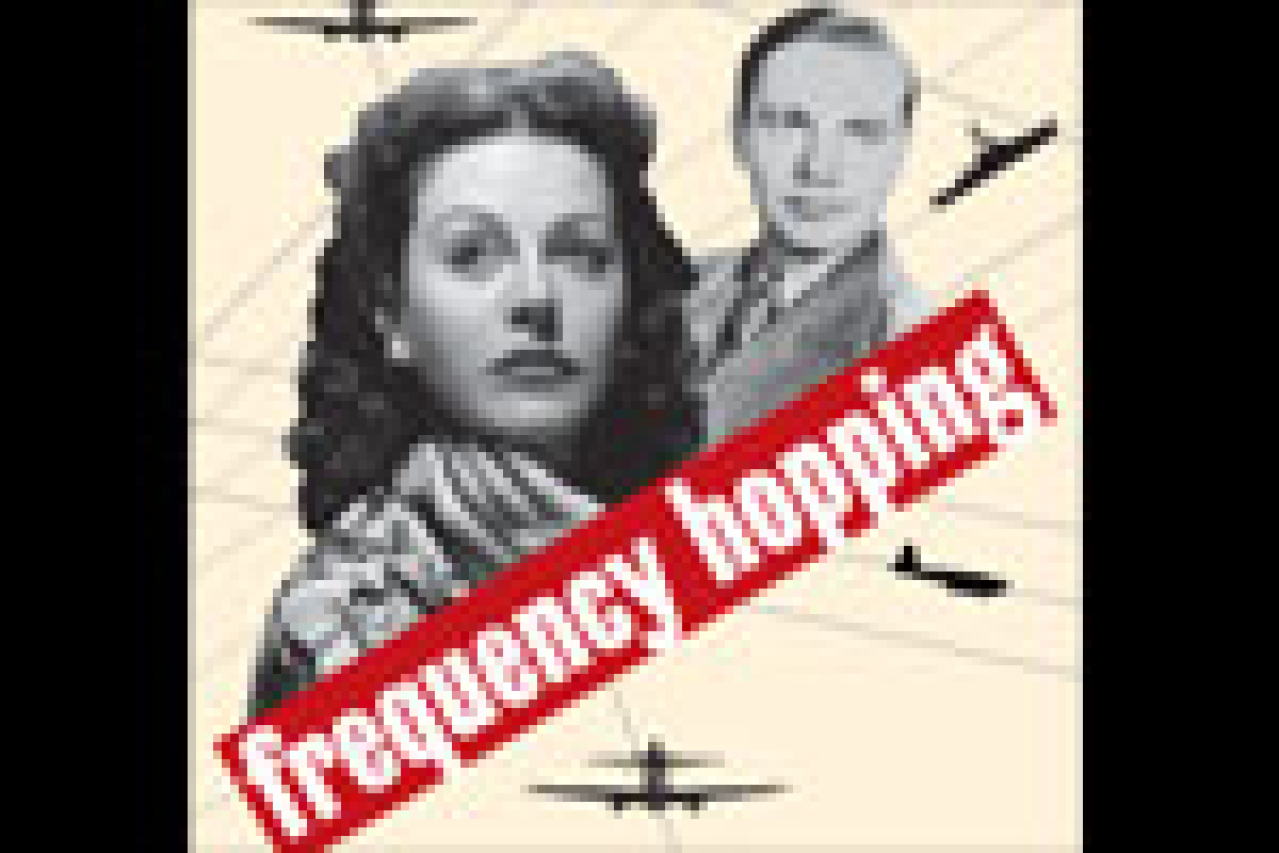Frequency Hopping

(© Dixie Sheridan)
“I invent secret weapons,” says screen siren Hedy Lamarr (Erica Newhouse) in playwright/director Elyse Singer’s Frequency Hopping, currently being presented by Hourglass Group at 3LD Art & Technology Center. While that claim may appear ludicrous at face value, it’s not too far from the truth, as the play documents Lamarr’s real-life collaboration with composer George Antheil (Joseph Urla) on a secret communications system that they hoped would help the allies to win World War II. Unfortunately, despite some nifty technological effects, the show is not as compelling as the facts that inspired it.
Lamarr — who was once married to Nazi sympathizer and munitions manufacturer Fritz Mandl — used to attend parties with Hitler and Mussolini and developed not only a hatred of what they stood for, but a vast knowledge of their advanced weaponry, including the use of guided missiles. She had an idea for a radio transmission jammer that she enlisted Antheil’s aid to help develop.
The play chronicles the various interactions between Lamarr and Antheil which include discussions of endocrinology, drinking, playing war games, sharing secrets, and developing their technological innovation. Throughout, there’s a palpable sexual tension, although the inevitable kiss between the characters is not only anti-climactic, there’s not sufficient follow-through on how it changes their working relationship.
Singer shoehorns in a large amount of exposition about these two historical figures, but sadly, a lot of it goes by too quickly to properly register, or feels too inorganic to the scene being played. Often, it feels like we’re being filled in on the details of their lives, rather than watching them develop as characters. Moreover, the scenes that show the two supposedly developing their device feel forced and unbelievable. Newhouse and Urla both have some nice moments, but play the majority of the show on the surface, instead of adding a needed depth to their portrayals. Worse, a couple of vaudeville-inspired sequences are presumably included to break up the action, but they are leadenly performed.
Joshua Fried’s original music is performed by “the Ballet Mécanique Orchestra,” which is a fancy way of saying that instead of live musicians, the instruments are played through robotic programming from Eric Singer, Paul D. Lehrman, and LEMUR (League of Musical Urban Robots). If you imagine that means you’ll be listening to a synthesized techno sound, think again. The pleasant score is dominated by piano, with some light percussion and the occasional odd noise such as a telephone ring (or something that sounds like one, at any rate) and a siren. The instruments frame the playing area of Elaine J. McCarthy’s set, which depicts a cozy living room, with couch, armchair, and a well-stocked liquor cart.
McCarthy is also responsible for the multimedia design, which is the most impressive aspect of the production. Projections appear both behind the actors, and in front of them, the latter on a clear screen between audience and living room unit. Images are used to create environments such as a cocktail party, illustrate Hedy and George’s plans through (often whimsical) diagrams, or to set the mood — including for a sequence that becomes a magical dance amidst the clouds. Unfortunately, such technological wizardry can’t hide the flaws in the play itself.











